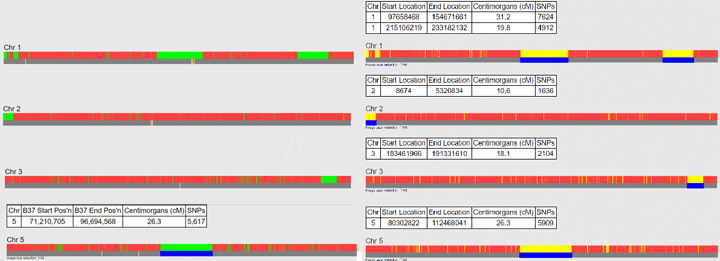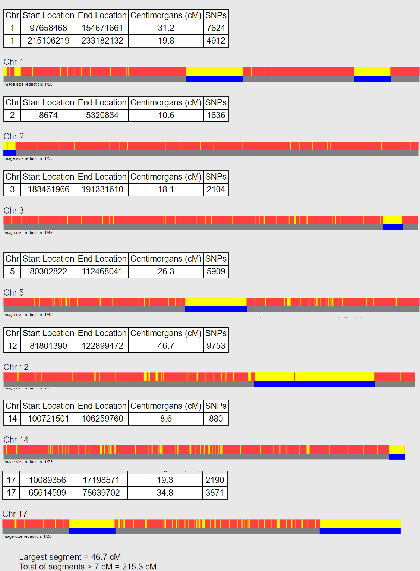Eight of the ten fully Jewish kits I have access to showed related parents in the “Are Your Parents Related” (AYPR) tool on GEDmatch. I am wondering if this level of relatedness (about a 4th cousin) is generally true among Ashkenazim and other endogamous populations. Or perhaps the GEDmatch parameters need some tweaking?
Also a number of married jewish couples I know have discovered that they share a DNA segment. Personally I share 11 cM on the X with my late husband even though I have only one Jewish grandparent. Most testing companies show me as about 30% Jewish.
I can understand that when people live in the same general area for generations, one could easily marry 3rd and 4th cousins. I also know that in the past, cousin marriages were not uncommon among Jews.
I invite all tested fully Jewish people to run that free tool at GEDmatch and then fill out my form on the next page. Please fill it out even when they are not showing as related to help with my statistics.



